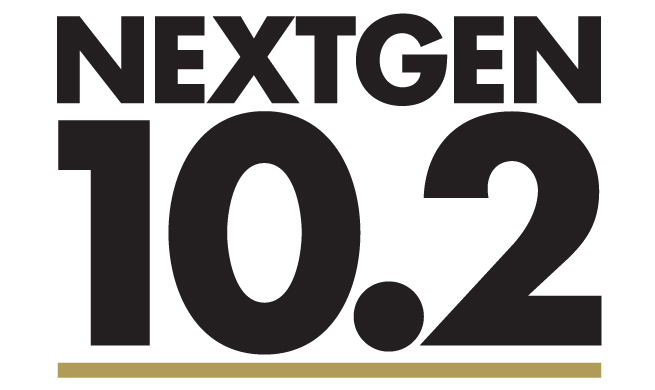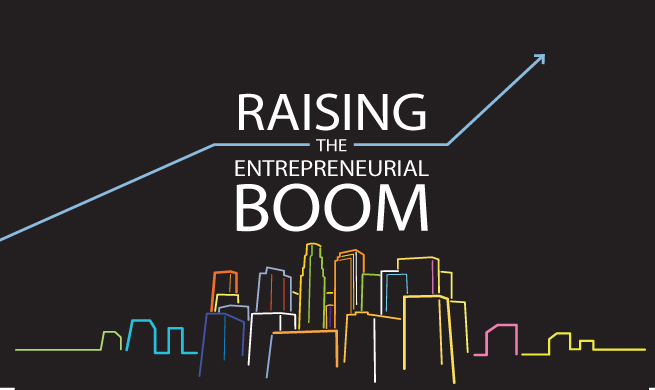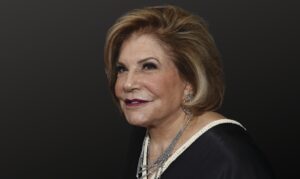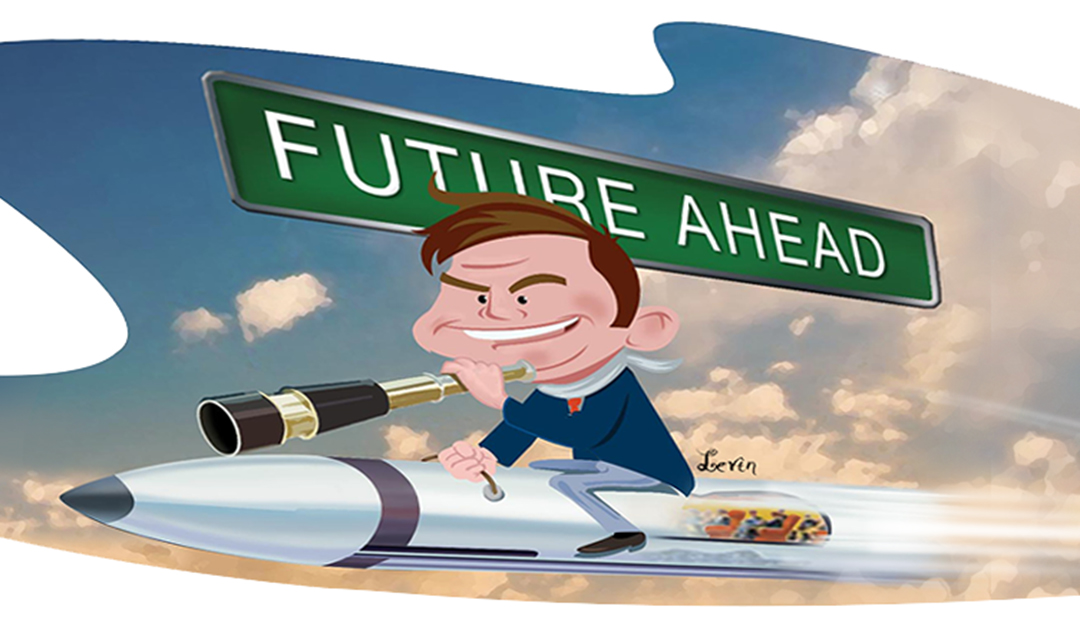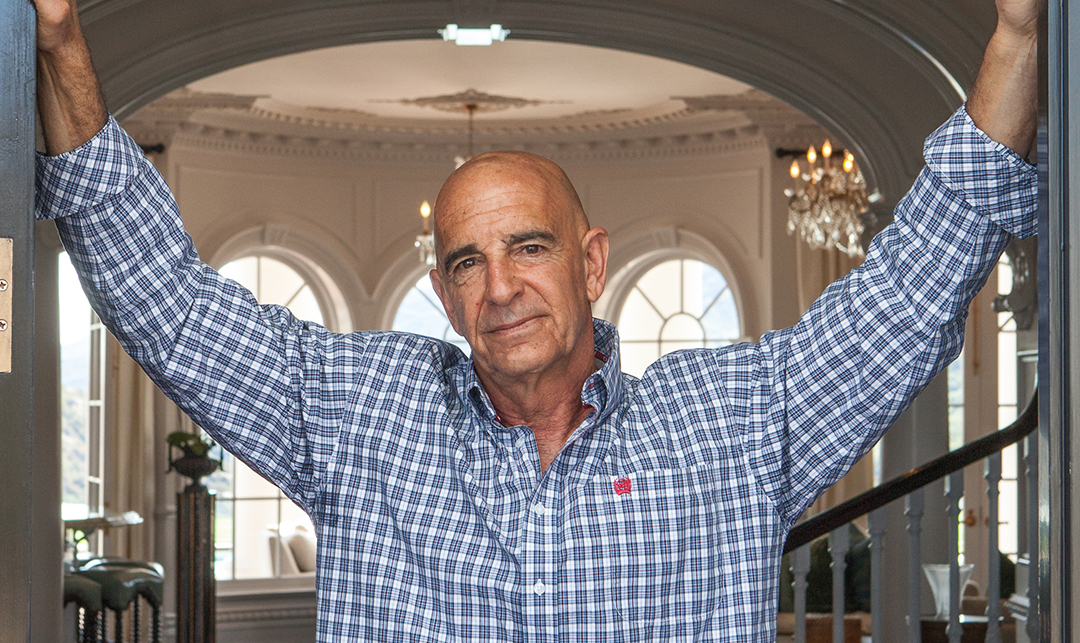In 2024, 373 CEOs departed from U.S. public companies—a record high. As economic headwinds collide with leadership burnout and relentless stakeholder pressure, CEO turnover continues accelerating in 2025, with first-quarter departures already surpassing historical norms.
Behind each departure lies a sobering reality: Boards could be scrambling to fill the most consequential role in the business at the worst possible time. Tasked with setting strategy, driving performance, stewarding resources, and leading talent, the CEO’s impact reverberates throughout the business. When this leadership decision goes awry, the consequences, both financial and reputational, are swift and far-reaching.
Now, as the global economy grapples with persistent uncertainty, high interest rates, and cautious spending, the stakes for CEO selection have never been higher. Boards must reconsider how they evaluate and prepare leaders for the top job, especially when future success will be defined by an entirely new set of challenges.
YESTERDAY’S TRACK RECORD WON’T PREDICT TOMORROW’S SUCCESS
Traditionally, boards of directors have leaned on well-worn indicators such as past performance, professional reputation, and board-member endorsements to assess CEO readiness. As Hiller and Peterson (2019) documented, these metrics have dominated CEO selection for good reason—they worked in predictable markets.
Economic downturns demand a different kind of leadership. Strategic agility, cost-conscious innovation, and stakeholder alignment become paramount. Boards must go beyond surface-level metrics and ask deeper questions: Can this leader maintain stability while pursuing transformation? Do they inspire confidence during prolonged uncertainty? Are they capable of balancing operational discipline with long-term resilience?
In this environment, conventional financial performance metrics offer an incomplete picture. Organizations must broaden their view of CEO success to include qualities like emotional intelligence, crisis management, and a capacity to foster trust across diverse stakeholder groups.
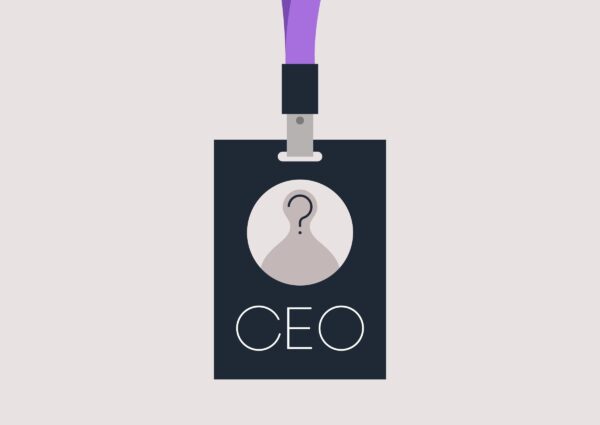
THE INTERIM CEO: FROM PLACEHOLDER TO POWERHOUSE
These pressures are already producing real-world consequences. Each CEO vacancy introduces a cascade of challenges: delays in strategy execution, the complexities of interim appointments, and the delicate task of elevating internal successors to the top role.
Take the recent example of Panera Brands. When CEO José Dueñas resigned in January, the company appointed its CFO as interim CEO. This decision reflects a broader trend: Boards are increasingly prioritizing continuity over disruption. Interim leaders, particularly internal ones, may serve as strategic bridges, preserving momentum while buying time for a thoughtful search.
But this also raises an interesting question: Should the role of interim successors be reconsidered entirely? In some cases, these leaders, once seen as placeholders, might be better positioned to step into the role permanently, especially if they’ve earned credibility during a time of heightened pressure.
THE NEW CEO SUCCESS FORMULA
CEO expectations have fundamentally shifted. According to The Conference Board (2021), the performance bar for today’s CEOs extends far beyond financial outcomes; diversity, corporate responsibility, and employee well-being now weigh equally with shareholder returns in leadership evaluations. During economic uncertainty, boards are likely to favor leaders who can drive operational efficiency, manage through scarcity, and make prudent investments in innovation. At the same time, they must remain sensitive to the needs of their people that require deft skills for communicating with empathy, aligning stakeholders, and maintaining organizational culture.
Research supports this evolution. Sadun, Fuller, Hansen, and Neal (2022) analyzed over 5,000 executive job descriptions from 2000 to 2017 and found social and relational skills steadily gaining importance while emphasis on financial acumen alone declined. As CEO roles become multidimensional, board-assessment methods must follow suit.

THE HIDDEN RISK OF DELAYED SUCCESSION
There’s another, quieter risk playing out in boardrooms today: delayed succession. As volatility persists, some CEOs who are ready to retire are being encouraged by their boards to stay. The reasoning is understandable. Why make a change when stability is in short supply? But this hesitation sends a subtle signal to internal successors: Now is not your time.
While this delay may buy short-term security, it carries long-term risks. Internal successors may grow disillusioned, seek opportunities elsewhere, or miss their window of readiness. Succession planning cannot hinge on ideal timing alone. Boards must find ways to move forward even in uncertainty, ensuring that leadership pipelines remain intact and engaged.
THE PATH FORWARD IS PROACTIVE, NOT REACTIVE
As the business landscape continues to evolve, CEO succession can no longer be treated as a reactive process. It must become a proactive, strategic endeavor that reflects the realities of modern leadership and prepares organizations for resilience rather than mere continuity.
This means reimagining succession criteria, redefining success metrics, and embracing new assessment tools that evaluate both hard and soft skills. It also means having the courage to act decisively when leadership changes are needed, even in turbulent times.
Economic uncertainty isn’t going away. But with thoughtful preparation and a forward-looking approach, organizations cannot only weather today’s storms; they can emerge stronger, with the right leaders at the helm.
Eileen Linnabery works across a wide range of businesses and industries, including family-owned and Fortune 100 organizations, packaging, manufacturing, financial services, technology, and retail.





